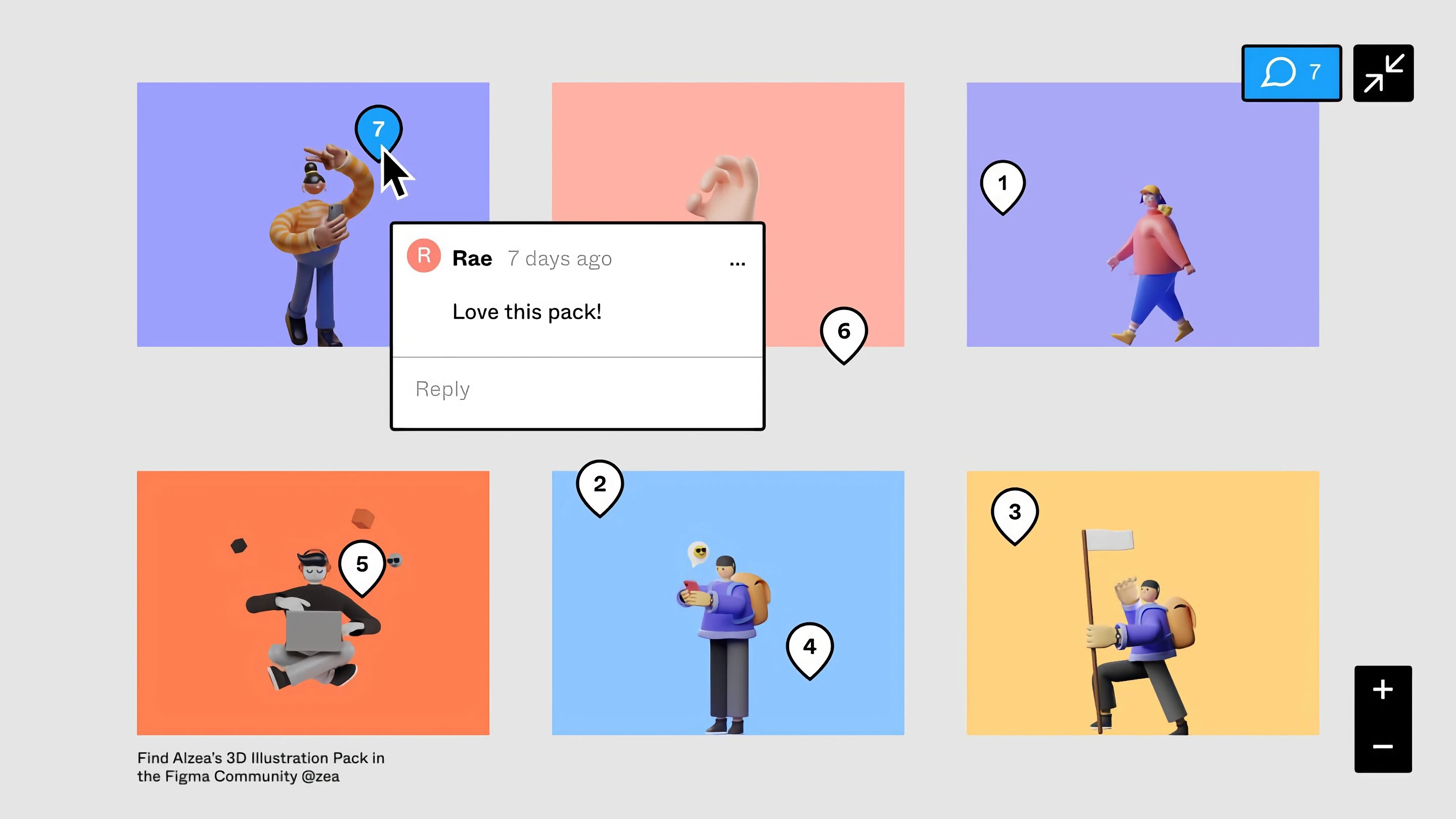In today’s digital landscape, a website is more than just an online presence. It's a powerful tool that can significantly impact your business. But what does it mean to have a well-designed website, and how can it boost your business?
It's often the first touchpoint for potential customers, making it a crucial component of your brand's success. But what exactly does it mean to have a well-designed website, and how can it elevate your business? As a Webflow studio, we at Milk Moon Studio have seen firsthand the transformative power of good web design. Let's delve deeper.
The Power of First Impressions
First impressions matter, especially online. When a visitor lands on your website, they form an opinion about your business within seconds. A well-designed website is akin to a well-organized, inviting store. It makes visitors feel welcome and encourages them to stay and explore.
For instance, consider a website with a clean, intuitive layout and easy-to-find information. It immediately communicates efficiency and professionalism. On the other hand, a cluttered website with hard-to-read text and confusing navigation can frustrate visitors, causing them to leave and potentially seek out your competitors.
Web design is more than just aesthetics. It's about creating an intuitive and enjoyable user experience. As experienced Webflow designers, we know that every button placement, color choice, and line of text plays a role in shaping this experience. You might have great SEO, but what happens when someone clicks the links and lands on a page that they just don’t like.
They say don’t judge a book by it’s cover, but sadly UX, UI and just general beautiful designs do help make site sticky, and well written content, that goes with that makes them consume that content. You can pepper in as many keywords as you like, but when a site looks like your tax submission form the impression has been made. Need some hard truths about first impressions:
- First impressions of a website are 94% design-related. This means that the look and feel of your site have a significant impact on how visitors perceive your business right off the bat.
- Users form design opinions in just 17 milliseconds. That's faster than the blink of an eye! This highlights the importance of having a visually appealing website.
- It takes approximately 2.6 seconds for a user's eyes to settle on key areas of a web page. This underscores the importance of strategic design in guiding visitors' attention to the most important information source.
- 75% of website credibility comes from design. If your website looks professional and trustworthy, visitors are more likely to consider your business credible source.
- 89% of consumers shop with a competitor after a poor user experience.
- 73% of companies invest in design to help their brand stand out from competitors.
- 66% of people prefer to look at a beautifully designed website if given 15 minutes to consume content
These statistics highlight the crucial role of good web design in creating positive first impressions, establishing credibility, and guiding visitor behavior.
Building Trust and Credibility
Trust is a crucial factor in the online world. A professional, well-designed website can help establish trust and credibility with your audience. It signals that your business is legitimate and cares about its customers' experiences.
For example, a website that is consistently updated with fresh, relevant content shows that the business is active and engaged. In contrast, a website with outdated content or broken links can raise doubts about the business's reliability and attention to detail.
Every website should be secure, fast, and reliable, providing a safe and enjoyable browsing experience for your visitors.
According to a study by the NN Group, credibility on the web is about making your website feel trustworthy and reliable - 98% of users reported that a poor website experience directly resulted in a loss of trust.
A study by the Trustworthy Internet Movement found that 97% of websites fail at user experience with issues such as poor navigation, design, and information architecture.
A Stanford study found that 75% of users admit to making judgments about a company's credibility based on their website's design.
So, while trust and credibility are also related to more technical issues, like speed, reliability and security, studies show that perceived trust is also directly related to design and the user experience.
Driving Conversions
A well-designed website doesn't just attract visitors—it guides them towards taking a specific action, whether that's making a purchase, signing up for a newsletter, or filling out a contact form. This process of turning visitors into customers is known as conversion.
A website with a clear, compelling call to action and an easy-to-use contact form can significantly increase conversion rates. Conversely, a website that buries its contact form several pages deep or uses vague, uninspiring language in its call to action may struggle to convert visitors. Below we’ll touch on just a few items related to conversions.
Load Time
The speed at which your website loads is a critical factor in keeping visitors engaged. A delay of just 2 seconds during a transaction can lead to abandonment rates of up to 87%. This is a stark reminder that in the digital world, every second counts.
For example, consider an online store that takes too long to load its product pages. A potential customer may become frustrated and abandon their shopping cart, resulting in a lost sale for the business. On the other hand, a fast, responsive website can keep visitors engaged and encourage them to complete their purchase.
Mobile Optimization
With the majority of web traffic now coming from mobile devices, it's more important than ever for websites to be mobile-friendly. In fact, 85% of adults believe that a company's mobile website should be as good or better than their desktop website.
A website that isn't optimized for mobile use can be difficult to navigate on a smaller screen, potentially driving away visitors. Conversely, a mobile-optimized website can provide a seamless user experience, encouraging visitors to stay longer and interact more with the site. Fortunately a good Webflow partner can create amazing responsive sites on the platform.
Videos
Videos can be a powerful tool for driving conversions. Including a video on a landing page can increase conversions by 80%.
For instance, a website selling a complex product could include a video demonstrating how the product works. This can help potential customers understand the product better, making them more likely to make a purchase and take them on journey while doing so. We’re not saying every web design should include videos, but the numbers make for a compelling argument when you have video content you can use, and a competent web designer can seamlessly integrate that into your site design.
Color
Color or (colour depending where you hail from) can have a significant impact on how a website is perceived and can influence purchasing decisions. Research has found that a product's color can influence 85% of purchasing decisions.
For example, a website selling eco-friendly products might use a lot of green in its design to associate its products with nature and sustainability, while fintech sites like blue for safety and security. This can help attract customers who are interested in environmentally friendly products or customers who should feel safe.
Call to Action (CTA)
A clear, compelling call to action (CTA) can significantly improve conversion rates. Personalized CTAs have been found to convert 202% better than default versions.
For example, a website offering a free trial of a service might have a CTA that says "Start your free trial today!" This is a clear, direct instruction that encourages visitors to take immediate action. Using repeated CTAs in a creative way also helps drive more conversions while not being repetitive and long as it’s designed and presented in a thoughtful way.
A/B Testing
A/B testing involves creating two different versions of a web page and seeing which one performs better. This can be a powerful tool for improving website design and increasing conversions. Companies that use A/B testing have reported a 223% increase in ROI.
For instance, a website might test two different versions of a landing page, each with a different headline. The version that results in more sign-ups or purchases is the one that will be used going forward. Testing and data can take time and cost a bit more, but long term yield on those investments pay off in the long run. A good Webflow developer with knowledge of techniques like multi-variate testing models etc. can be a partner for life, or at least make sure that the final product is optimized to convert.
Enhancing SEO
Search engine optimization (SEO) is a key factor in a website's visibility. A well-designed website can improve your search engine rankings, making it easier for potential customers to find you.
For instance, search engines favor websites that load quickly, are easy to navigate, and are mobile-friendly. A website that ticks all these boxes can rank higher in search engine results. On the other hand, a slow, difficult-to-navigate website that isn't optimized for mobile devices can struggle to rank, making it less visible to potential customers. So apart from good keyword research and structuring everything correctly etc, what do the numbers say:
Page Speed
47% of consumers expect a web page to load in 2 seconds or less, and 40% of people abandon a website that takes more than 3 seconds to load. This is crucial as Google uses page speed as a ranking factor in their algorithm.
Mobile Optimization
As of the second quarter of 2020, mobile devices (excluding tablets) generated 51.53% of global website traffic. Google also moved to mobile-first indexing in July 2019, prioritizing mobile-friendly sites in search rankings.
User Experience (UX)
A well-designed website can lead to longer session durations, lower bounce rates, and higher conversions, all of which can positively impact SEO.
Content
Websites with a blog have 434% more indexed pages. Companies who blog receive 97% more links to their website. This is important as Google's algorithm uses links to measure the authority of a page, influencing its ranking.
HTTPS
As of October 2018, 84.2% of pages loaded in Chrome on desktop are over HTTPS, and 89.1% of browsing time in Chrome on desktop is spent on HTTPS pages. Google has confirmed that HTTPS is a ranking signal.
The Importance of Expertise
Creating a well-designed website requires a deep understanding of design principles, user experience, and the latest digital trends. It's not just about making a website look good—it's about creating a website that serves your business goals, meets your customers' needs, and stands out in the digital landscape.
Whether you're building a new website from scratch or looking to improve an existing one, it's worth seeking out expertise in the field. A team with a strong track record in web design can provide valuable insights, help you avoid common pitfalls, and ensure that your website is designed with both your business and your customers in mind.
We’re not gonna toot our own horn too much, but if you do find you need help, we have years of experience, as not only a Webflow Professional Partner, but also in product design, UI/UX and a strong analytics background, and data driven focus to creating beautiful websites. Reach out if you need us.









